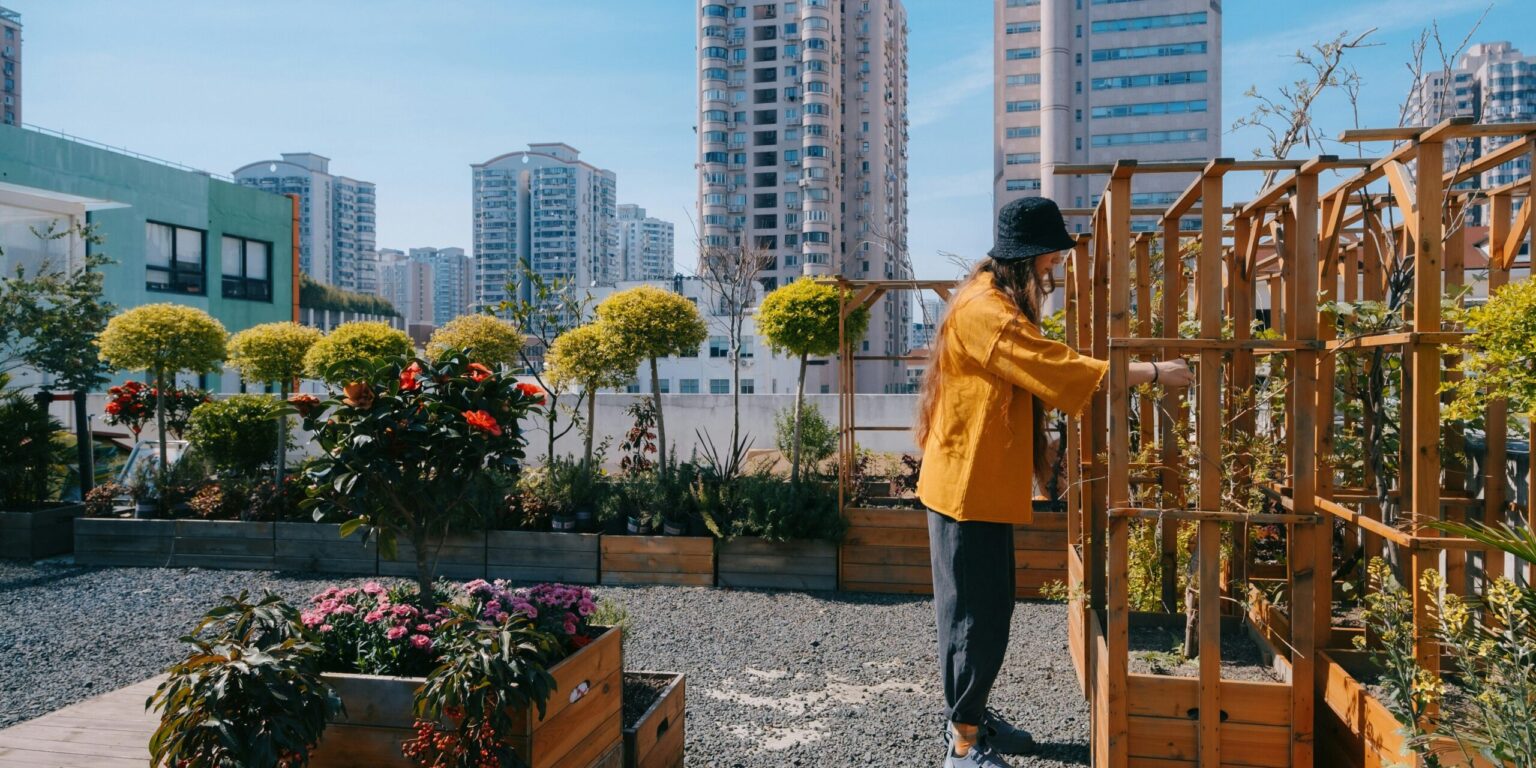As environmental awareness and interest in sustainable living grow, more city dwellers are turning their balconies into buzzing beehives. Urban beekeeping—once thought to be limited to rural areas or sprawling gardens—is now taking root in high-rise neighborhoods, offering residents a unique way to connect with nature and contribute to local ecosystems.
With compact equipment like Langstroth hives or top-bar setups, even small apartment balconies can support thriving bee colonies. These systems are designed to optimize space and airflow, making them suitable for residential use without overwhelming the surrounding environment.
“Urban beekeeping is entirely feasible, provided you follow some basic guidelines,” says Emma Thomas, an urban agriculture specialist. “It starts with checking local ordinances and property rules, which can vary widely depending on the city or building.”
Ventilation and sunlight are key considerations. Balconies that receive morning sun and have ample airflow are ideal, ensuring the hive remains dry and the bees remain healthy. Safety barriers or mesh screens can help shield the bees from wind and reduce the chance of human-bee conflicts.
Experts also recommend surrounding the hive with bee-friendly plants such as lavender, thyme, marigolds, and flowering herbs. These not only provide food sources but also enhance pollination in the surrounding urban landscape—benefiting gardens, parks, and even rooftop farms.
For beginners, local beekeeping associations and workshops offer critical guidance. “There’s a learning curve, but with the right mentorship and setup, anyone can contribute to pollinator health right from their balcony,” adds Thomas.
In return, beekeepers are rewarded with small batches of hyper-local honey, a deeper understanding of biodiversity, and the satisfaction of making their neighborhood a greener, more vibrant place.
